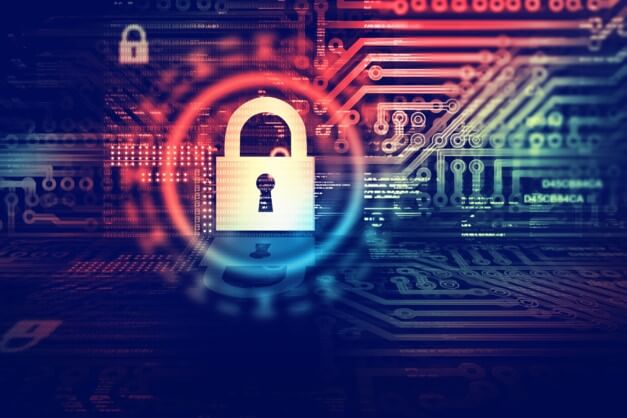Cybercrime and cyberattacks come in many different flavors. These days, when a large corporation admits to a data breach or some other form of cyberattack, it seems par for the course. However, it’s not always the large companies that take these hits.
Small businesses and any group or individual can become a target. Big or small, here is a look at which entities are most vulnerable to cybercrime and what they can do to mitigate the risk.
Cybercrime Can Come From Anywhere
The global crises have also emboldened cybercriminals from around the planet. A cyberattack can come from a kid in a basement only a few miles away, or from a professional group in a foreign country half the world away.
You must look at the state of things and you’ll immediately see how many excellent opportunities have presented themselves for both amateur and professional cybercriminals. Consider these things:
- Many businesses aren’t operating at full capacity.
- Many people are at home making online transactions.
- An incredible amount of money is floating around digitally.
- Both physical and digital security measures aren’t at peak operation.
- An increase in people freely sharing their personal information everywhere online.
- An exponential increase in people working on company networks from home
All of these and many other factors have made current times a hotbed of cybercriminal activity. The FBI reports dramatic increases in cybercrime over the last few years, with 2020 seeing large increases in every type of cybercrime. Phishing, non-delivery, and extortion top the lists.
Equally, the most recent LexisNexis Cybercrime Report shows that globally, cybercrime has increased a lot even though human-initiated attacks have declined somewhat. Now, it’s automation and bots. The sharp rise of automated bot attacks can seem a little startling. And even with a small decline, human-initiated attacks still exist in large numbers.
It seems the bot attacks have a higher focus on financial services and e-commerce platforms. The increase in global financial transactions easily explains those targets. The human-initiated attacks seem to have a high focus on data and identity theft.
One of the biggest aides to these cyberattacks, especially automated bots, is the hyperconnectivity that is our modern network infrastructure. There’s also virtual everything, including an overabundance of virtual banking systems.
Cybercriminals love to pick at the payment gateways. They also love to find unfettered access to a system through someone’s repeated use of login credentials on every site and platform they visit during the day.
The Current Targets of Global and Domestic Cybercriminals
Just as technology grows, changes, and increases in sophistication, so too do cybercriminals and their methods. Still, everyone needs to take cybersecurity seriously, no matter who they are or what business they’re in.
Some cybercrime targets are the same as always, and there are some surprising new targets. The people and organizations receiving the most attacks include:
- Small to medium-size business of any type
- Healthcare organizations
- Government agencies
- Utility companies, energy providers, and networks
- Schools, colleges, and universities
Cybercriminals have a penchant for attacking small businesses because they know those businesses can’t afford the type of cybersecurity measures of a larger company. However, the increase in cyberattacks on healthcare, government, schools, and even utility companies can come as a surprise to many people.
These types of organizations represent a lot of good things to a cybercriminal. They can potentially gain access to an incredible amount of sensitive information they can leverage or sell. In addition, these institutions also have a vested interest in making sure they hold on to the information they have without it becoming lost, corrupted, or changed.
Cybercriminals understand that as well, which is why there’s been a growth in ostentatiously bold ransomware attacks on these places. For many, cybersecurity measures don’t have to go beyond protecting important information, using strong passwords, enforcing a data security policy, and maintaining diligence against human error.
When it comes to ransomware attacks, the hacker infects your systems with malware that encrypts or otherwise makes it impossible for you or anyone else to access files. In some cases, you and your entire organization can find yourselves completely locked out of your system. The hacker will want money—a ransom before they allow you to access your files again.
When ransomware attacks a government agency, utility company, or any other important institution, it can cause huge issues. A business can come to a complete stop. Important emergency or rescue systems can completely shut down, etc.
Final Words
A huge number of ransomware types and variants exist. Also, there are some types of ransomware hackers and hacker organizations use more often than others, because of their effectiveness. For example, hacker organizations use the Ryuk ransomware consistently to extort businesses and institutions around the world.
You should strive to protect your systems from ransomware, and there are several ways to do it. The FBI, who are the ones who typically respond to these types of cyberattacks, has a good amount of information on how to start. Make studying that information part of your overall effort to increase cybersecurity for yourself or your organization.
Follow Technoroll for more!





